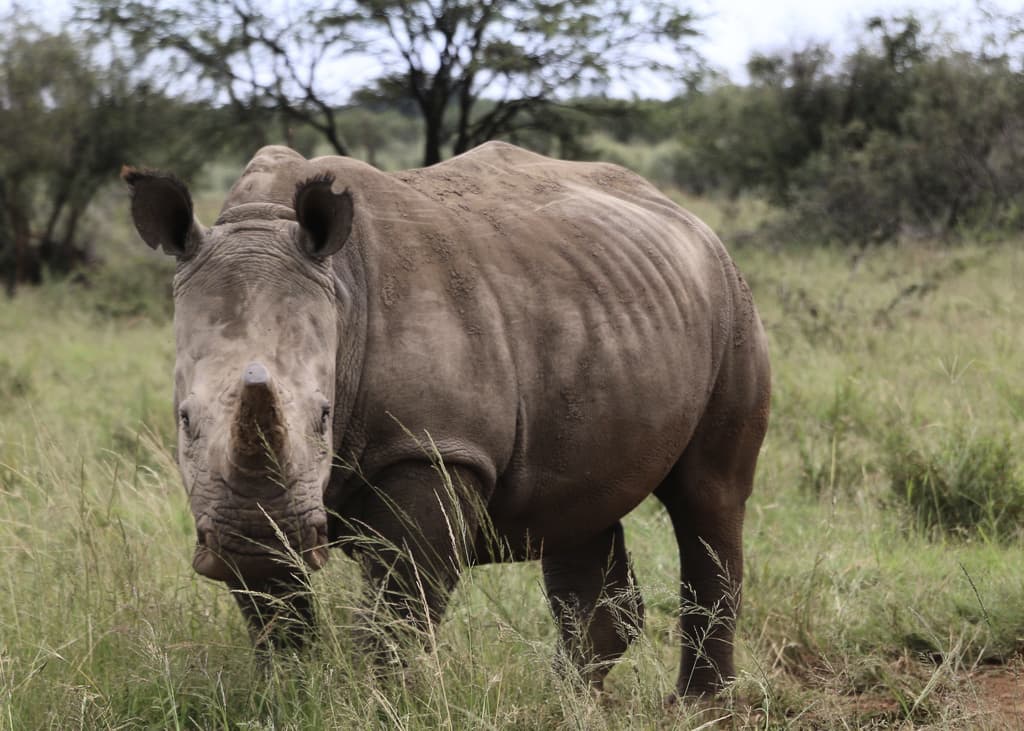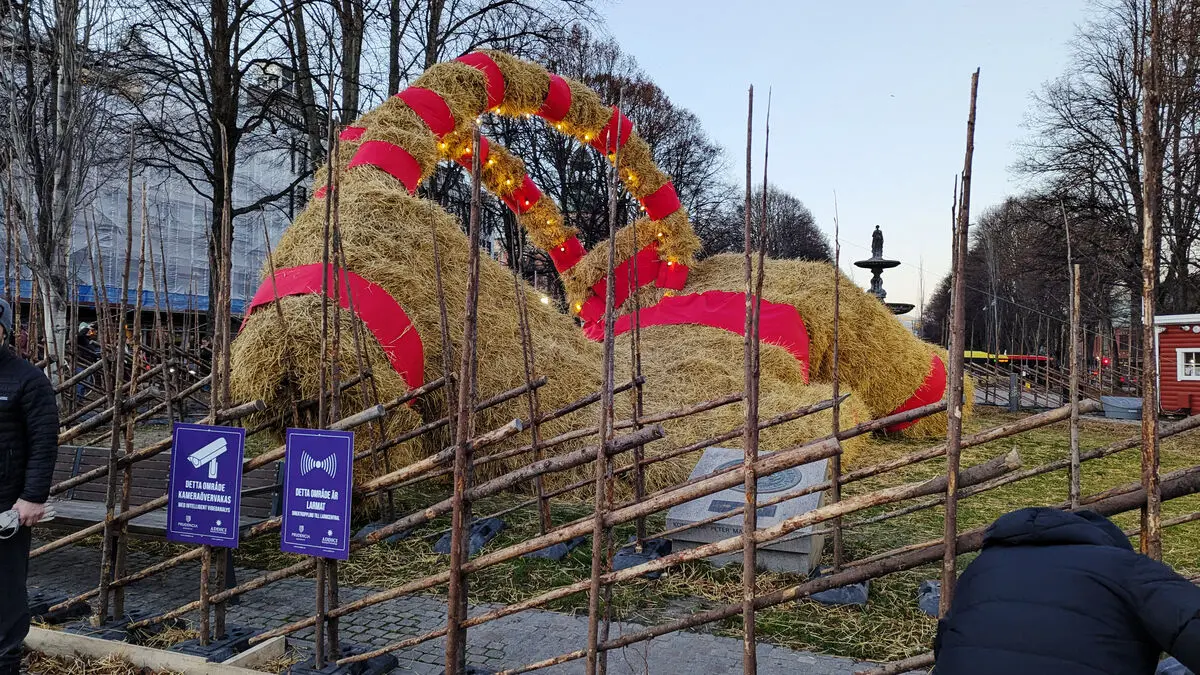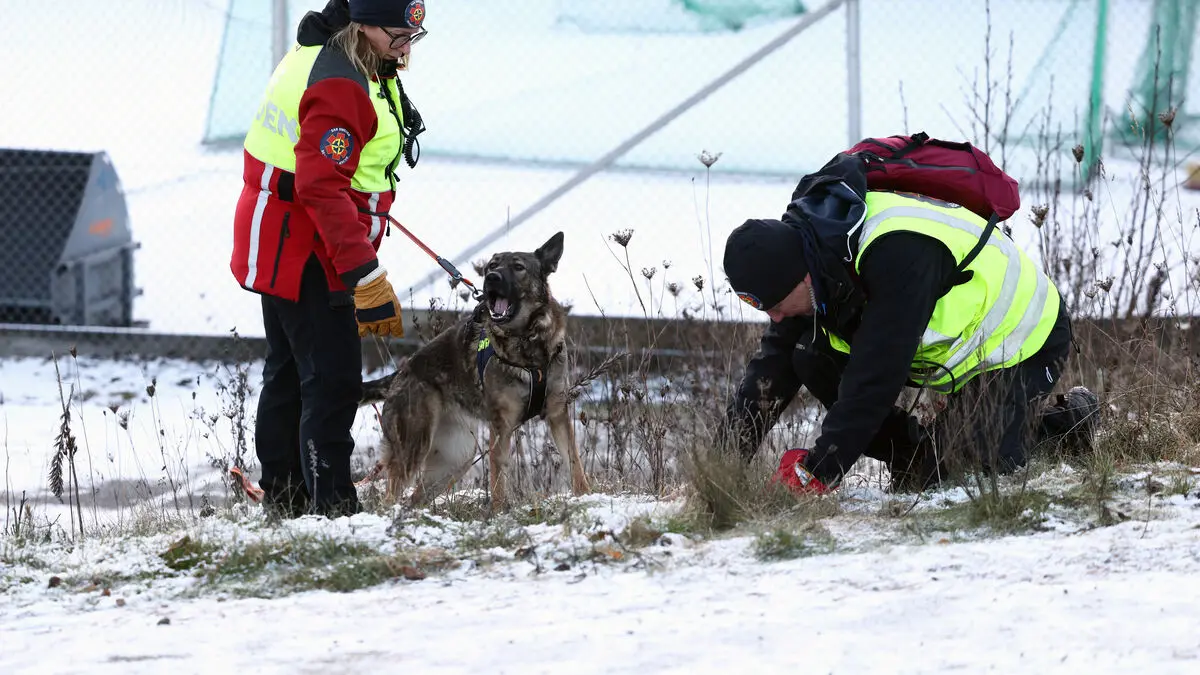South African rhinos have been injected with radioactive material into their horns.
The hope is that the unique method will stop the widespread poaching of the endangered animals, which are being hunted and killed at an increasingly rapid rate.
Several rhinos in north-eastern South Africa are now walking around with small chips containing radioactive nuclides in their horns.
The groundbreaking measure means that the highly sought-after horns are in practice worthless, as the radioactivity makes them toxic to consume. Rhino horns are highly prized in Asia, where they are used in traditional medicine for their supposed therapeutic properties.
The radioactive material is also said to make it more difficult to smuggle and trade in cut-off horns, according to the researchers behind the project. The dose is said to be so low that it does not harm the animals – but high enough to trigger alarms in radioactive detectors used at border controls around the world.
This is the best idea I've ever heard, says Arrie Van Deventer, who runs a facility for abandoned rhino calves, to AFP.
Last year, nearly 500 rhinos were killed in South Africa, according to the country's environmental department. Despite years of efforts to tackle poaching and smuggling, the 2023 figure represented an 11 per cent increase from the previous year.
On the black market, rhino horns can be sold for kilo prices comparable to gold and cocaine.
There are five different species of rhinos, two in Africa and three in southern and south-eastern Asia. All five are threatened with extinction today.
The African species are the largest, and the largest of all is the square-lipped rhinoceros, also known as the white rhinoceros (although it is not white), which can weigh up to three tonnes. The northern subspecies is considered extinct in the wild.
In the past, there were as many as 30 rhino species in the world.
Source: World Nature Fund





